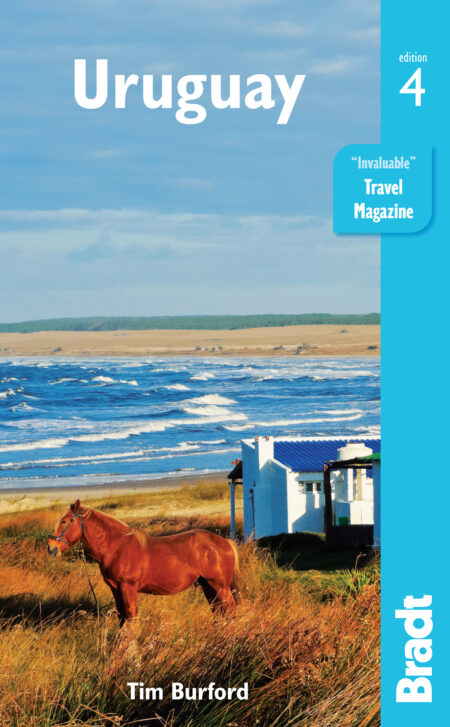Best known for the town of Fray Bentos, World Cup glory and having more cattle than people, Uruguay is far more than the sum of its cows. Gauchos roam vast stretches of grassland, estancias welcome visitors with old-style hospitality and boutique fishing villages line the unspoiled beaches. This laid-back country can certainly stand up to its bigger, brasher neighbours.
Chill out in the laid-back capital
Montevideo, Uruguay’s capital, indeed its only major city, sits on the estuary of the River Plate, with 13km of beaches linked by a waterfront boulevard known as the rambla. It’s a delightfully laid-back, peaceful and friendly city where a normal working day seems like a sleepy Sunday morning in Buenos Aires, but it has all the services you’d expect, plus a lively social and cultural scene.
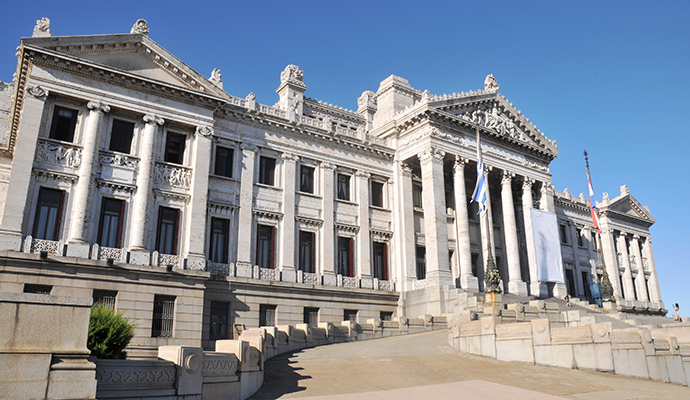
Enjoy the grand buildings along the main Avenida 18 de Julio, as well as candombé drumming groups rehearsing on Sundays for the Las Llamadas procession. Check out the vast 3,500m² market and indulge in some of the best food the city has to offer. Brush up on your music history at the Museo del Tango La Cumparsita before relaxing away the afternoon on the white sands of Playa Ramírez.
Attend the greatest party on earth
Uruguay takes great pride in having the longest carnival season of any country, over 80 days long. The prelude to Montevideo’s carnaval season is a grand parade, when huge floats, giant puppets and groups of murga performers proceed for five hours along Avenida 18 de Julio, the city’s main axis.
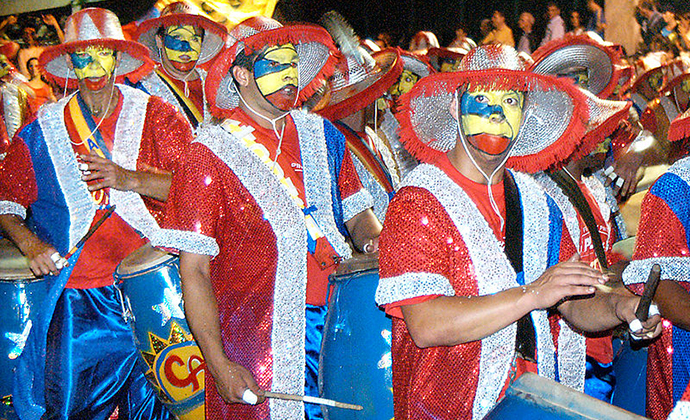
A week later, Las Llamadas (‘The Calls’) is a procession of 40 different comparsas or cuerdas (candombé drumming groups) each night through the Barrio Sur and Palermo. The 40 days of Lent are occupied by performances on tablados or temporary stages in the various quarters of Montevideo and in the Teatro del Verano, the open-air theatre near Parque Rodó, where a competition is held to choose the very best acts.
Discover where corned beef originated
To Uruguayans, Fray Bentos is known largely for its international bridge to Argentina and the blockades that kept it closed as a result of Argentine dislike of the Botnia paper pulp mill, close to Fray Bentos. To the British, however, Fray Bentos is synonymous with corned beef, and happily the meat-packing plant has reopened as an industrial heritage museum.
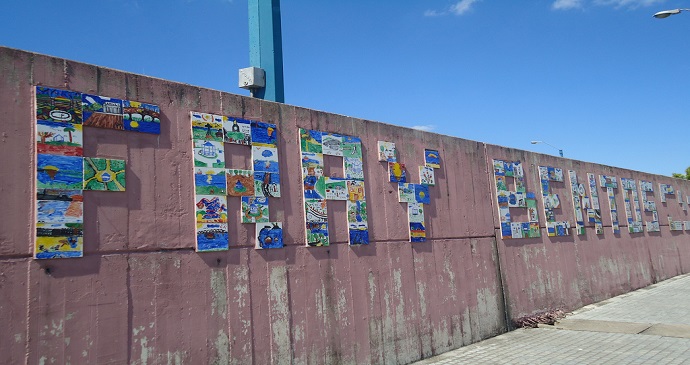
The site, awarded Unesco World Heritage status in July 2015, stands alone on the east bank of the River Uruguay with a backdrop of flat, fertile pampas and attractive palm trees. If meat-packing plants aren’t your thing, Fray Bentos is also home to Casa Grande, a tranquil hotspot where Robert Baden-Powell spent a night in 1909. It has a spectacular garden and opens for free tours between noon and 14.00 on Saturdays, Sundays and holidays.
Hike one of the world’s largest canyons
The Quebrada de los Cuervos is the largest canyon in Uruguay, with subtropical forest at its bottom and many species of birds and flowers otherwise found mainly in Brazil.
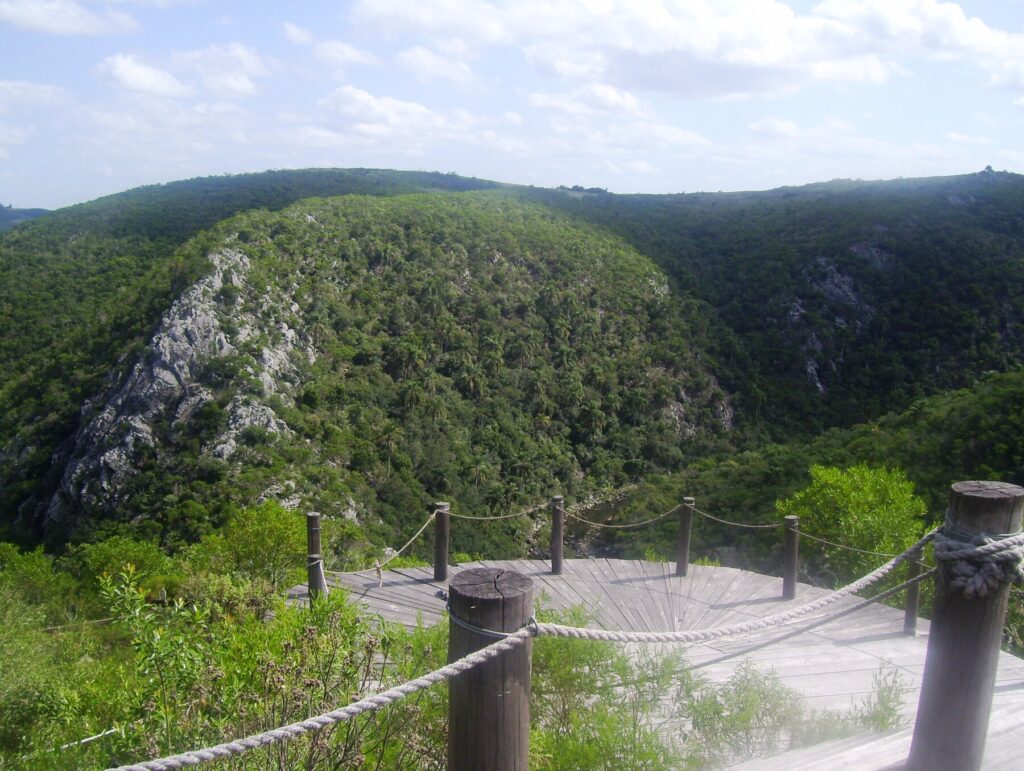
The name means ‘Gorge of the Crows’ but refers to vultures, all three Uruguayan species of which breed on its cliffs. There are three main ecosystems: monte de quebrada (ravine forest, with trees growing to over 20m in height), matorral serrano (mountain heathland) and pradera (grassland), and 131 plant species (over 70% of the native plant species in Uruguay), with 87 trees and shrubs (including palms and cacti), 22 ferns, lianas, creepers, green and pink lichen.
Taste some of the country’s finest wine
There are around 270 wineries in Uruguay, the majority of which are small, family-run private businesses. Twenty of the most export-oriented wineries have formed an association (part of INAVI) called Los Caminos del Vino – Bodegas Familiares del Uruguay (Wine Roads – Family Wineries of Uruguay), and visits can be arranged to these (they have good websites and can easily be contacted by phone or email).
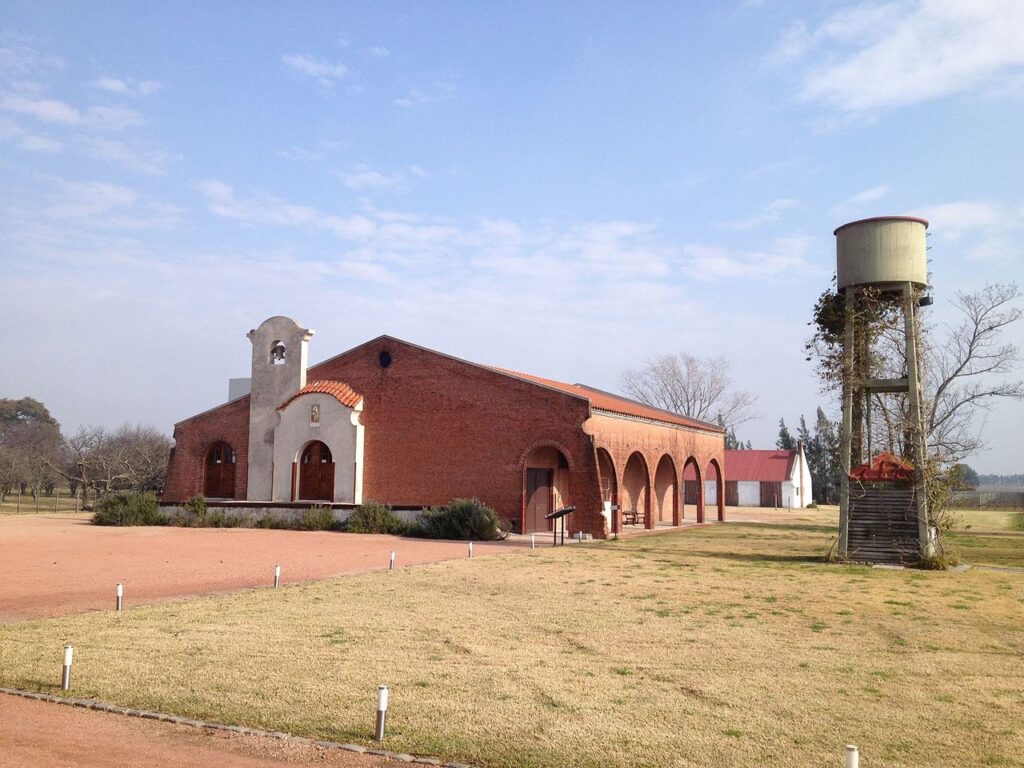
Almost all are in Montevideo and Canelones departments (with a couple in Salto and Rivera), but new wineries are appearing in Colonia and in particular Maldonado, where the hugely ambitious Bodega Garzón began production in 2014. The wineries near Montevideo are mostly close to Ruta 5 and it’s easy to visit three or more in a day by car; the welcome is warm and an English-speaking guide can usually be provided. A tasting of three or four wines, with snacks and a tour of the winery, costs US$20; with a barbecue lunch it costs US$50–70.
Experience gaucho culture at its best
Held in Tacuarembó during the second week of March, the Fiesta de la Patria Gaucha (Gaucho Homeland Festival), sees horsemen competing in rodeo events, and many more people in gaucho garb applauding, shopping for crafts and more practical rural bits and pieces.
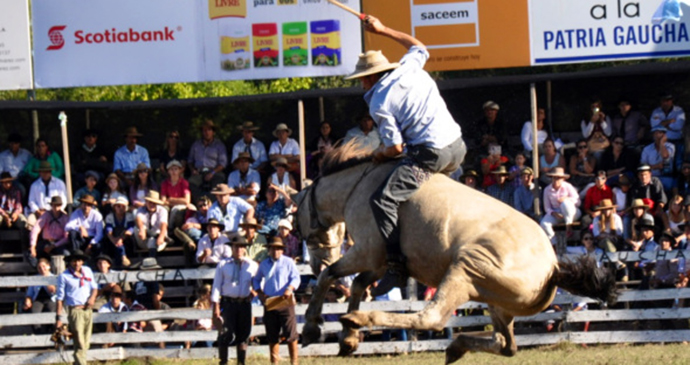
In the evenings there’s asado con cuero (a cow barbecued with the skin still attached) and performances of dance, song and poetry. If you can’t make the festival, a visit to an estancia will also be a fantastic experience.
Kick back and relax in José Ignacio
The small fishing village of José Ignacio has recently been transformed into one of the world’s most chic and exclusive holiday destinations, with boutique hotels, superb restaurants and an array of stunning modern houses. The sandy roads, empty beaches, hand-painted wooden signs and boho-chic style are key to its success, studiously avoiding the Miami Beach-style high-rise development of Punta del Este.
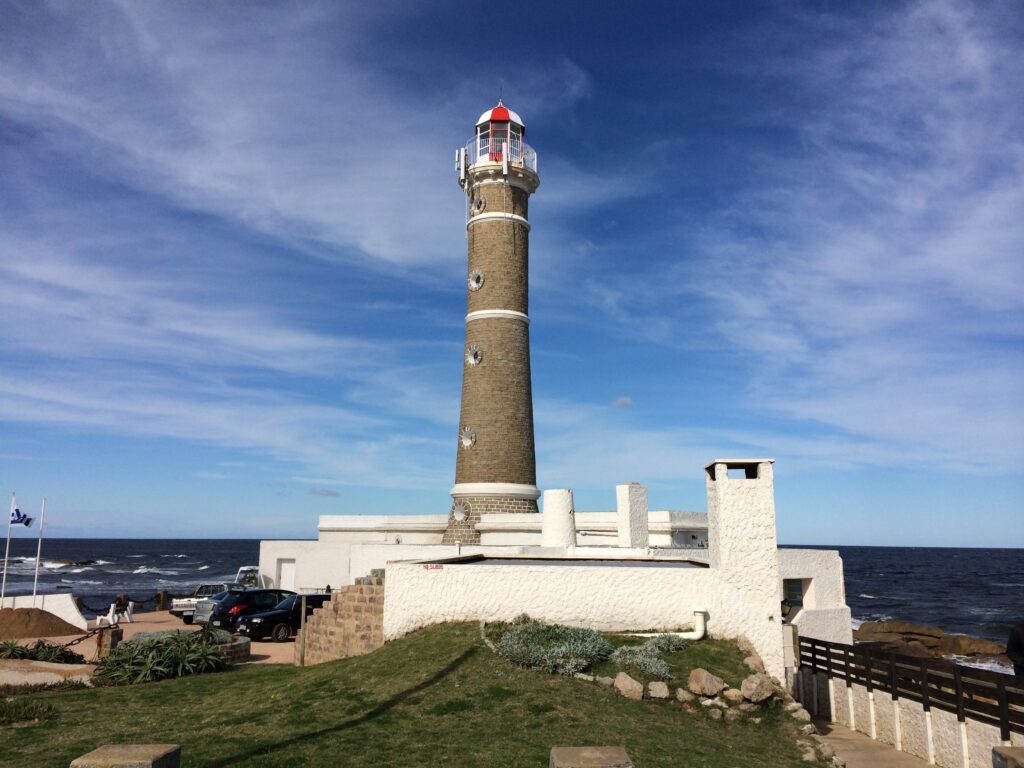
The first couple of weeks of January are fairly manic, with parties sponsored by brands such as Lacoste and Chivas Regal, with catering by Francis Mallmann and music by the likes of Brazilian singer Bebel Gilberto, in beachfront tents or at the La Huella Restaurant. Otherwise there’s a 02.00 curfew and there are no discos – it’s not far to the clubs of La Barra. It’s a great place to let your children loose to roam and make friends with other kids. Also in early January is the José Ignacio International Film Festival, offering a remarkably wide range of new films from around the world, shown free in the open air.
More information
For more information, check out Tim Burford’s guide:
